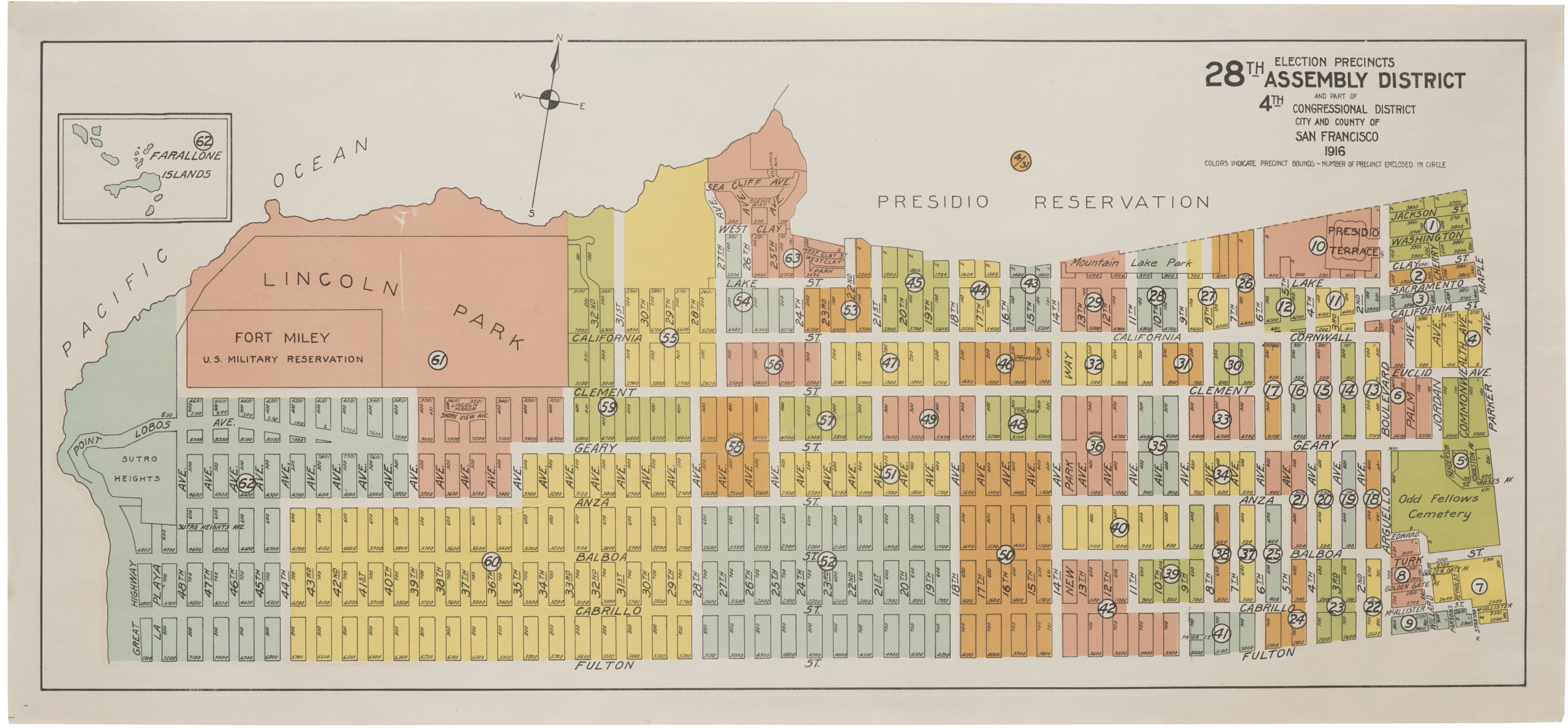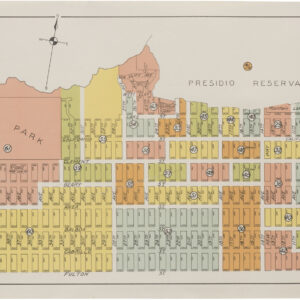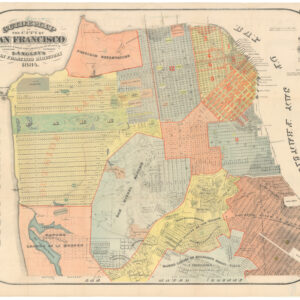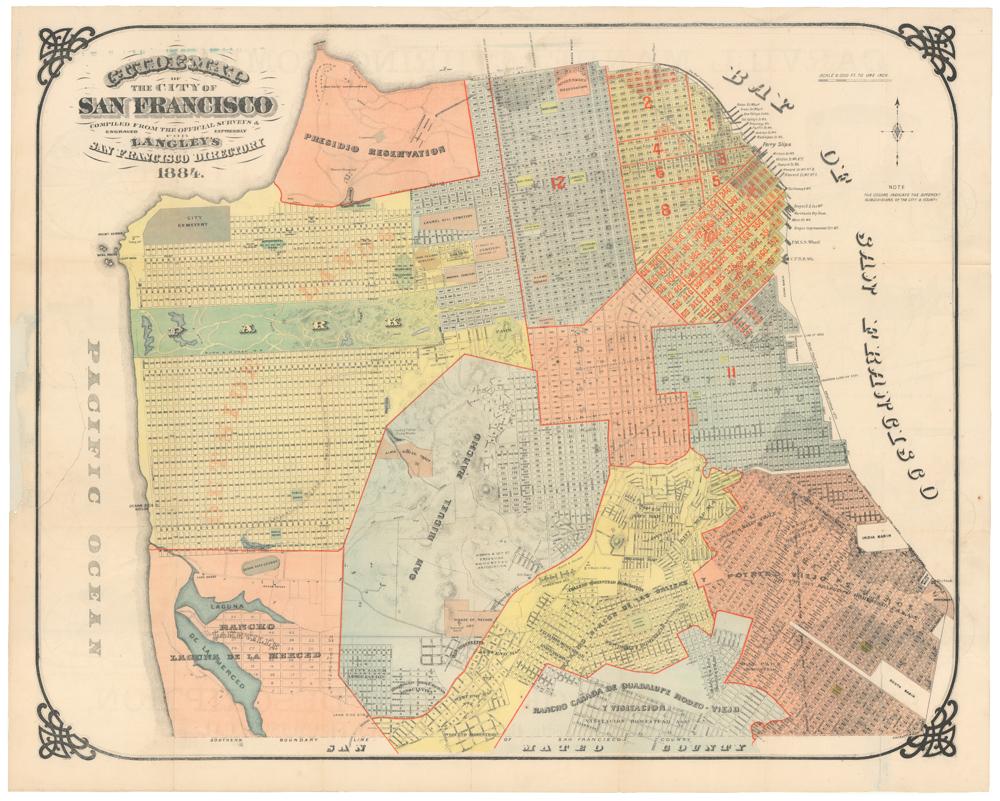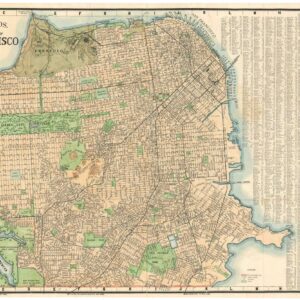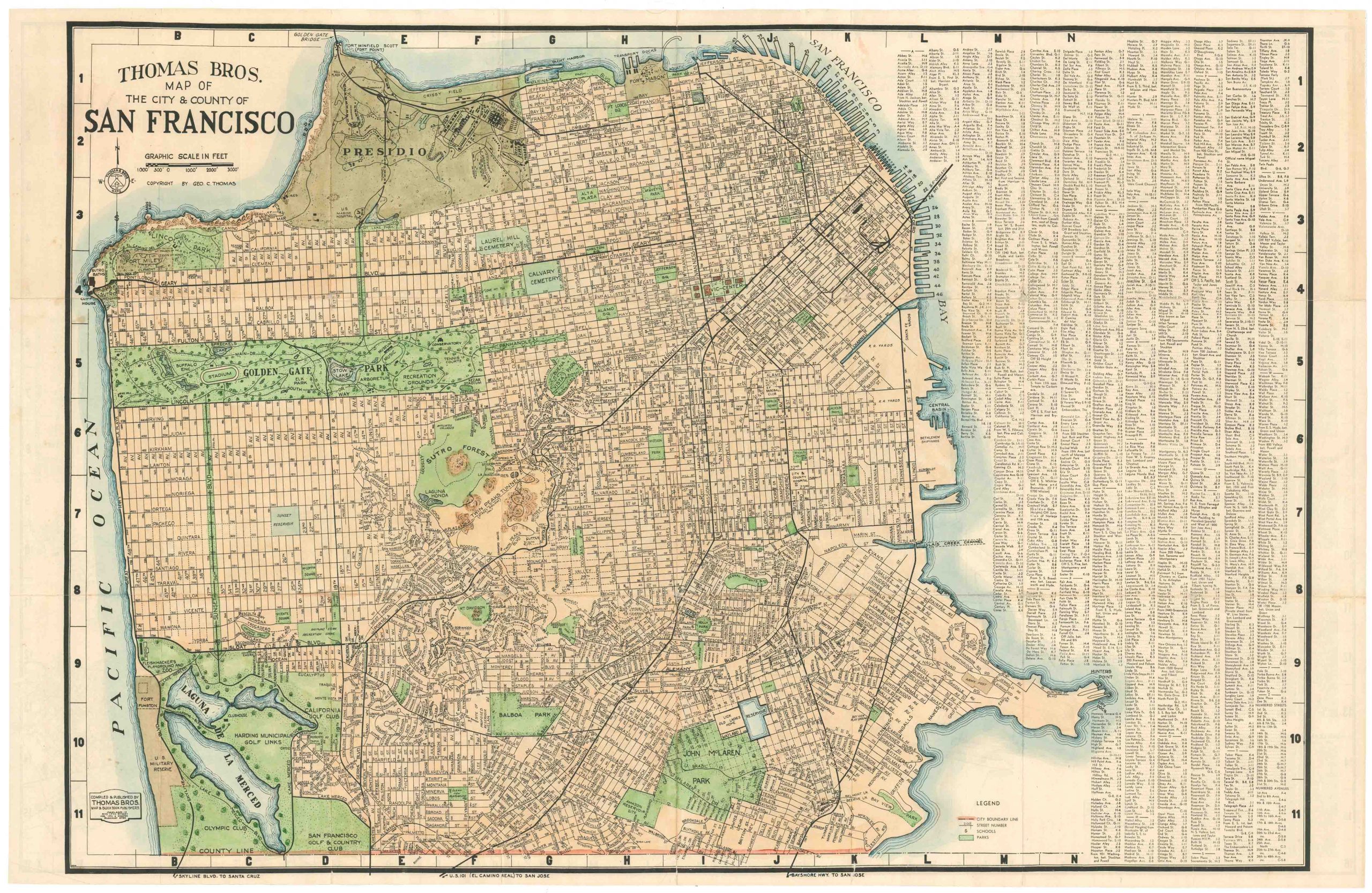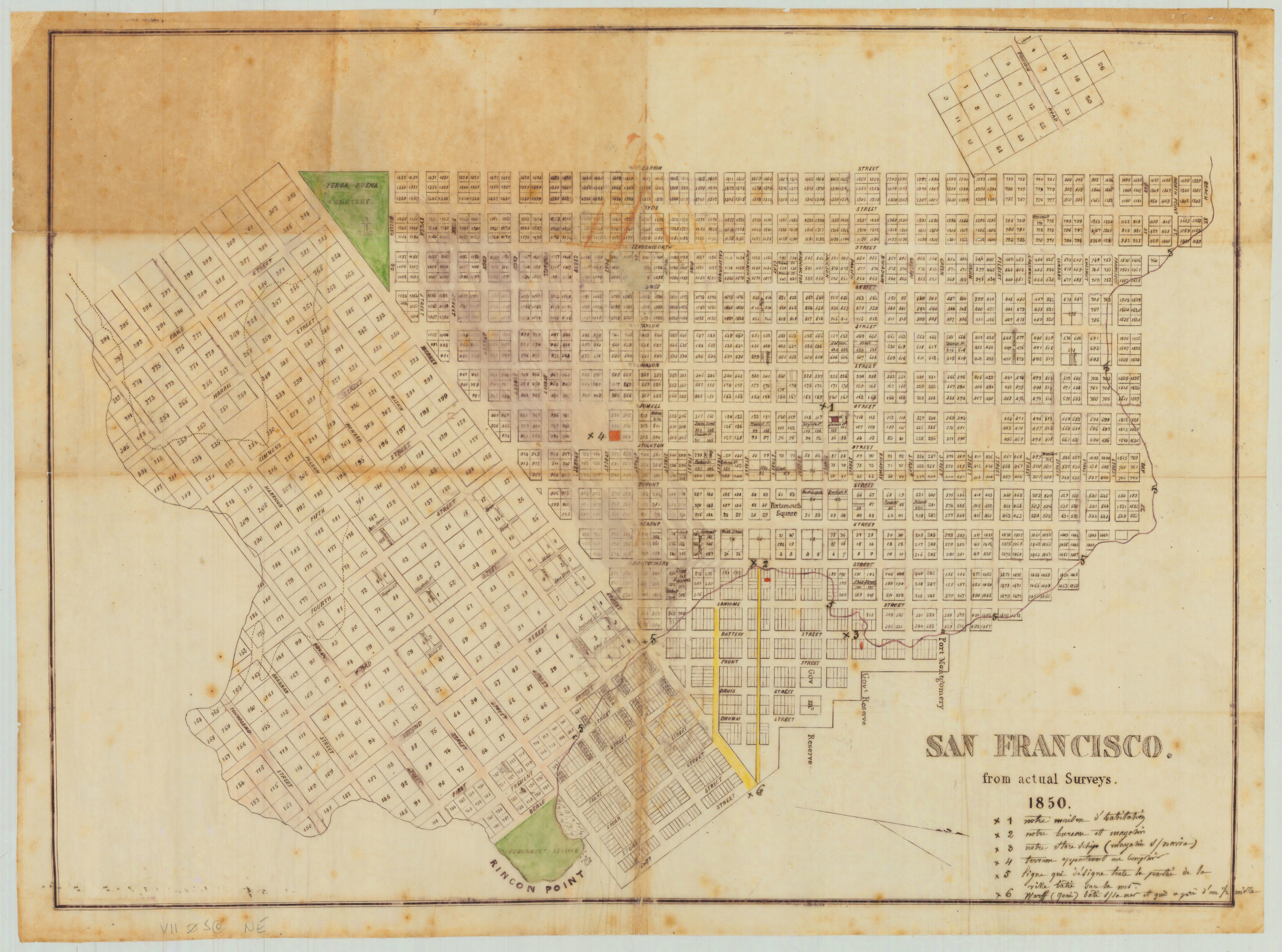Original artwork for the 1913 Portola Festival – a unique piece of San Franciscana.
Portola Festival. San Francisco Oct. 22-25, 1913.
$8,500
1 in stock
Description
A one-of-a-kind San Francisco rarity.
This captivating original artwork was created for San Francisco’s 1913 Portola Festival, most likely as a template for a promotional poster. It is painted and includes a stamp featuring the slogan of the Knight’s Templar added in the lower right corner.
Since the inaugural Portola Festival in 1909, stunning posters have played a key role in promoting the event. A recurring motif in these campaigns was a beautiful, dark-haired woman, allegorically representing California. She was often depicted as a graceful, mythical figure embodying the state’s beauty, vitality, and allure. This iconic imagery symbolized San Francisco’s cultural and economic resurgence following the devastating 1906 earthquake, as well as California’s broader identity as a land of opportunity and progress.
In this example, the allegorical figure once again takes center stage. Clad in a striking red dress adorned with a floral black sash and holding castanets, she exudes a distinctly Spanish, almost flamenco-like charm. She stands on a picturesque promontory overlooking San Francisco, surrounded by vibrant wildflowers, with the Marina District, Golden Gate, and Marin County in the background. The artwork also features the buildings of the Panama–Pacific International Exposition, which would take place a year and a half after the Portola Festival.
The Bay teems with activity, including a large schooner sailing through the Golden Gate. On the right side of the composition, a California grizzly bear—a proud emblem of the state—gazes down upon the city, which had triumphantly rebuilt itself in the seven years since the earthquake. This rich and evocative artwork captures the spirit of renewal, celebration, and optimism that defined the Portola Festival and early 20th-century San Francisco.
It is an extraordinary composition that is true to the period’s style and captures something of the extraordinary character of San Francisco and its inhabitants. From what we have discovered, it was never converted to a lithographic poster, as seems to have been the original intention. The reason for this remains unknown, but even as a lithographic print, it would have been an evocative and highly desirable piece for collectors of San Francisco ephemera. Being the original artwork makes it a unique piece of California history.
The Knights Templar
Even though the artist behind our beautiful painting remains unidentified, a stamp in the lower right corner provides clues about its early association. The stamp appears ad hoc and applied to the painting after its completion to indicate ownership, patronage, or archival purposes. The stamp consists of two concentric rings with the words “In Hoc Signo Vinces +” Latin for: In this sign, conquer!
The phrase dates back to the earliest days of Christianity. According to lore, Constantine – the Roman emperor who recognized Christianity and made it the state religion – adopted this motto during the conflict with his Western rival, Maxentius, in 312 CE.
In our context, however, the phrase is linked to and used by the Order of the Knights Templar. This masonic brotherhood was active in San Francisco at the time and was known to participate in civic events such as the Portola Festival. The Knights Templar arrived in California with the establishment of the California Commandery No. 1, chartered in San Francisco in 1852. It was the first Templar Commandery in California and quickly became a hub of freemason activity on the West Coast. By the early 20th century, membership of the brotherhood was mostly for the city’s social and financial elites. By then, the order was mostly known for its grand ceremonies and public displays of pageantry, often parading in full regalia during major events.
Artists associated with the Portola Festival
For the initial Portola Festival in 1909, Randal W. Borough (1878–1951) designed a vibrant lithographic poster, which was printed by the Louis Roesch Company in San Francisco. While this was the formal artwork that year, it was not the only imagery commissioned for the event. Local publishers like Britton & Rey, Edward H. Mitchell, The Pacific Novelty Company, and Brunt Press created promotional postcards for the festival. In most cases, the artists remain unidentified.
For the 1913 Portola Festival, the artists behind the promotional posters and printed advertisements are even less documented. Following significant effort, we have only identified a single promotional postcard from 1913 (shown below). A photo from October 25, 1913, attributed to Orville T. Blake, captures the Ferry Building illuminated during that year’s festival. Another photograph from the San Francisco Public Library shows one of the many parades for which the festival was famous.
Context is Everything
The Origins of the Portola Festival
The first Portola Festival, held in San Francisco in October 1909, was a symbolic celebration of the city’s recovery from the catastrophic 1906 earthquake. It was named after Spanish explorer Don Gaspar de Portolá, who discovered San Francisco Bay in 1769. The festival aimed to restore San Francisco’s image as a cultural and economic hub capable of hosting large-scale events and attracting international tourism.
The inaugural festival spanned five days, starting with a reenactment of Portolá’s symbolic arrival through the Golden Gate and culminating in a grand nighttime parade featuring lighted floats and fireworks. Other highlights included a military parade with international participants, floats celebrating various cultures, and extensive civic celebrations. An estimated one million spectators attended, demonstrating the city’s ability to organize large, festive gatherings despite its recent hardships.
The 1913 Portola Festival
After a hiatus of three years, the Portola Festival returned in October of 1913.
Instead of sticking to Portola as the main character, the 1913 festival celebrated the 400th anniversary of Vasco Núñez de Balboa’s expedition to the Pacific Ocean. In 1513, he crossed the Isthmus of Panama and sighted the Pacific for the first time, claiming it immediately for Spain. The discovery sparked Spanish interest in expanding its influence to Asia and played a crucial role in the exploration and colonization of the Americas. The organizers aimed to showcase San Francisco’s ties to global exploration history by shifting focus to this broader historic milestone.
The four-day celebration ran from October 22 to 25, attracting significant international participation, with representatives from over thirty nations joining the festivities. Parades, cultural exhibitions, and public events dominated the program, providing attendees with a preview of the extensive preparations for the Panama-Pacific International Exposition of 1915. The 1913 festival drew around 500,000 visitors, reflecting a slightly scaled-down but still vibrant version of the 1909 celebration. It underscored San Francisco’s capacity to host significant events and emphasized its continued cultural vibrancy in the early 20th century.
1913 was the last Portola Festival to be held in 35 years. Although it was briefly revived in 1948, the festival never became an annual tradition or the historical success that the Panama-Pacific International Exposition had been. Even so, perhaps because of it, its physical legacy of ephemera and other matter has become highly desirable among collectors. The Portola Festival was a testament to San Francisco’s resilience and ability to blend historical commemoration with cultural celebration. The 1909 and 1913 festivals, in particular, serve as milestones in the city’s post-earthquake recovery and its continued role on the international stage, making the limited material associated with these events highly sought after.
Cartographer(s):
Condition Description
Good. Glued to cardboard backing. Pinholes and water damage in margins, not affecting image.
References

